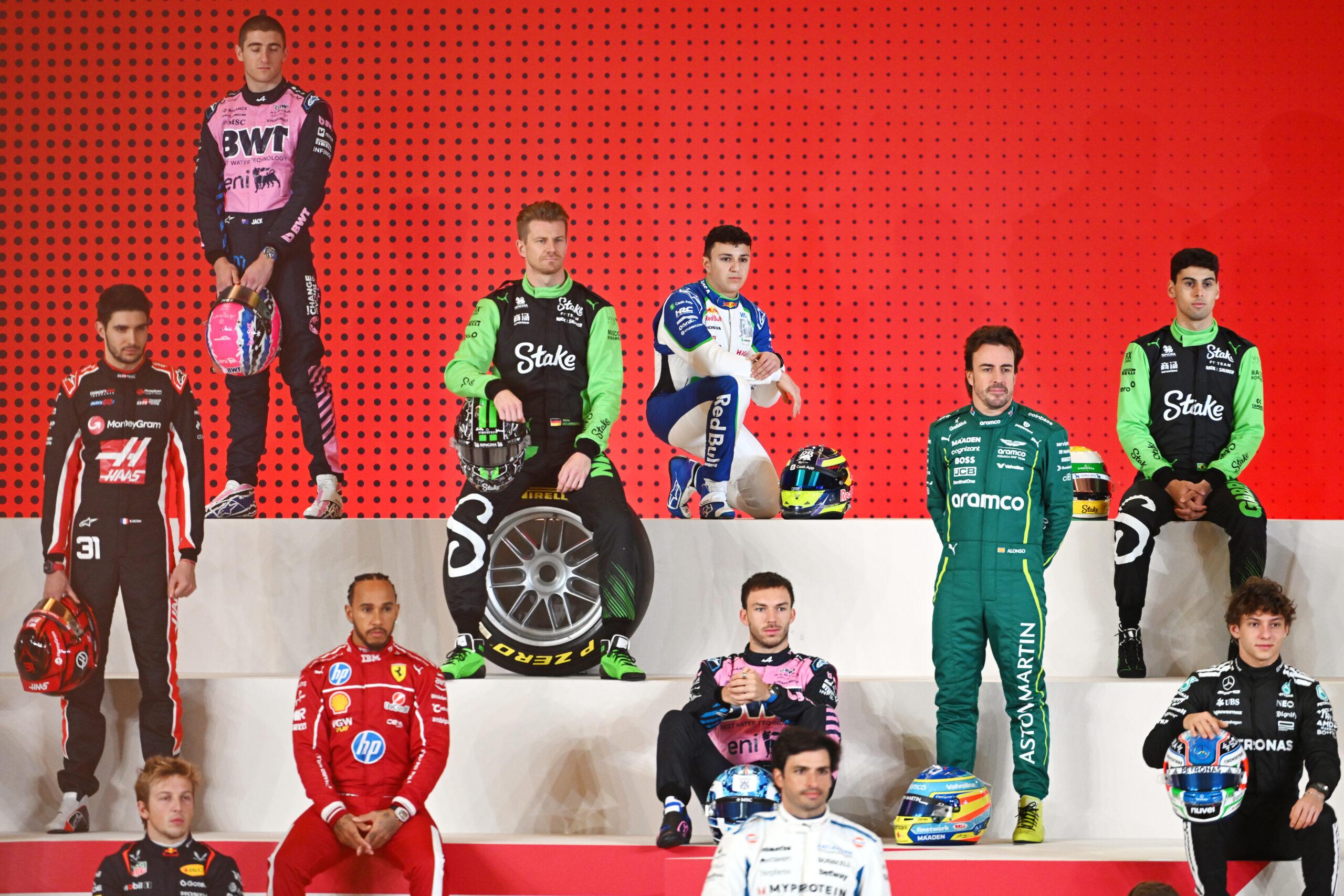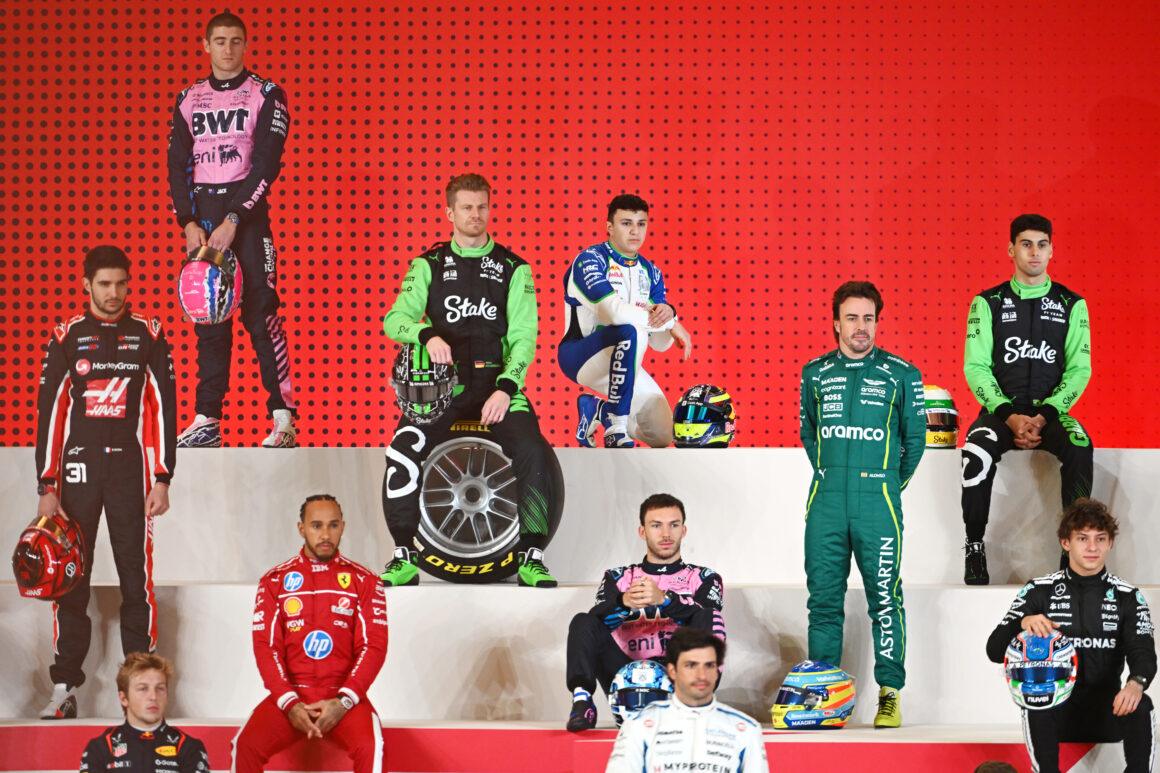Fuel saving in Formula 1 isn’t a buzzword, it’s the battlefield. Teams juggle fuel-flow limits, hybrid power targets, and aero efficiency to squeeze pace from every drop. Do it right, you win. Miss, and you’re a rolling chicane.
Since 2014, F1’s hybrid era has turned engineers into misers with a need for speed. The rulebook capped fuel flow at 100kg/h, with sensors checking compliance 2,200 times per second. You can’t brute-force horsepower anymore. You have to outsmart physics. The competition? Reduced to expensive spectators.
The Rules That Forced Everyone to Get Clever
The 2014 reset didn’t just tweak engines; it detonated old thinking. Teams now live under the watchful eye of fuel-flow monitors that scream if you sip too aggressively. No more fuel dump-and-run. Efficiency or bust.
FIA’s hard cap on per-hour fuel flow means instantaneous power is regulated. You want more speed? Earn it with thermal efficiency, electrical deployment, and aero wizardry. Otherwise, file this under: Yikes.
Hybrid Power Units: Where Efficiency Meets Violence
Modern F1 engines are half laboratory, half sledgehammer. The Hybrid Power Unit marries a turbocharged V6 with battery-driven electric motors. That pairing doesn’t just add power; it slashes fuel use when deployed right.
Energy Recovery Systems do the heavy lifting. Under braking, the MGU-K harvests energy. The turbo’s MGU-H captures heat. That power gets redeployed on throttle, saving fuel for when it matters. Classic efficiency judo.
ERS Deployment: The Art of Not Burning Fuel
Deploy electrical power on corner exit, save fuel on the straights. Teams map out ERS strategies to maximize lap time without triggering fuel alarms. It’s chess, played at 300 km/h.
Drivers are coached on lift-and-coast points, regen settings, and battery state. When the MGU-K is firing at 120 kW, your fuel appetite drops. And when future rules triple that to around 350 kW? Lights out and away we… oh wait, someone already won.
Aero Efficiency: Drag Reduction or Drag You Down
Air is free. Drag is not. Teams sculpt bodywork to reduce resistance, so they can run less throttle for the same speed. DRS isn’t just overtaking theater; it’s a fuel saver on the straights.
Even road-car tech is borrowing the playbook. Advanced drag reduction concepts—like twin-element wings—show up on hypercars for a reason. Efficiency scales, drama included.
Race Strategy: Fuel Saving Without Looking Like You’re Fuel Saving
Strategy teams micromanage lift-and-coast, engine modes, and battery deployment. Drivers might back off early into Turn 1, recharge in the twisty bits, then punch out of corners on electrons. Subtle? No. Effective? Absolutely.
Miss your numbers and you’re dead meat late in the race. Ever see a car slow like my grandmother’s WiFi with five laps to go? That’s not tire deg. That’s fuel math gone wrong. Somewhere, a PR manager just had a minor stroke.
Driver Technique: The Human Fuel Saver
Greats adapt. Precision throttle. Short-shifts. Smart regen. The best coax lap time while sipping fuel like it’s gold-plated. Lift-and-coast 50 meters earlier, rotate the car, deploy battery on exit. That’s money.
And when it’s crunch time, you get signature moves: a classic Alonso late-braking to harvest more, then rocket out under ERS. You know, the one that makes other drivers question their career choices.
Hardware That Makes It Happen
Beyond the headline hybrid bits, teams grind for gains in the details. Turbo efficiency, combustion tuning, and cooling layouts all cut consumption. Less cooling drag, more speed, less fuel. Elegant cruelty.
Power unit manufacturers live in CFD and dynos, chasing 50% thermal efficiency. That’s not an engine; that’s a physics middle finger. And yes, it wins races.
Fuel Chemistry: The Silent Lap Time
Fuel suppliers tune blends to burn cleaner and release energy with ruthless consistency. The goal? Maximize power per kilogram while respecting the rules. Combustion stability equals predictable deployment. Predictable wins.
As sustainable fuels mature, expect even tighter integration. The plot thickens like a team’s excuse list after a double DNF.
What’s Next: 2026 And The Electric Sledgehammer
The future is meaner. Engines will lean harder on electric muscle, with the MGU-K jumping to ~350 kW. That’s nearly triple the current output. Less fuel burned, more shove. Applause, please.
The target? Net zero by 2030. Teams will design cars around heavier ERS duty cycles and smarter harvesting. More regen under braking, fewer liters in the tank, same lap time. Maybe faster. Did Ferrari strategists forget how to count laps? Again?
Beyond the Track: Logistics Gets a Diet
Racing is the headline, logistics is the fine print. The grid’s fuel burn is a small slice of F1’s footprint, but the sport is shaving grams everywhere. Biofuel-powered trucks, optimized air freight, smarter routing. Not sexy, but crucial.
Drawing inspiration from efficient cargo jets and greener ground fleets, partners are cutting transport emissions. Call it the invisible lap time. It still counts.
How Teams Save Fuel: The Greatest Hits
- Hybrid deployment: ERS power on exits, save fuel on straights
- Aero trim: lower drag, less throttle, same speed
- Driver technique: lift-and-coast, short-shift, smooth throttle
- Engine modes: lean mixtures, smarter combustion, cooler temps
- Strategy calls: traffic management, DRS trains, tire offset for pacing
- Thermal management: tighter cooling equals lower drag and fuel use
- Fuel chemistry: efficient burn, consistent energy release
Weather: The Invisible Pit Wall
Heat spikes? The track temperature hits levels that would make Hell consider air conditioning. Engines sweat, cooling opens up, drag rises, consumption follows. The wind? It played favorites—apparently it’s a downforce fan.
Rain shows up like that friend who causes drama at parties. More lift-and-coast, slippery regen, bigger margins. Smarter teams bank battery early, spend late. Everyone else collects disappointments like they’re Pokemon cards.
Historical Callback: Efficiency Wins Championships
From the hybrid dawn in 2014, the winners weren’t loudest—they were smartest. Channeling 2016 Mercedes, except nobody asked for that sequel, teams built dynasties on efficiency, not excess.
Modern F1 is a science fair with a checkered flag. You want glory? Master fuel economy. Otherwise, grab your popcorn—your rivals already did.

